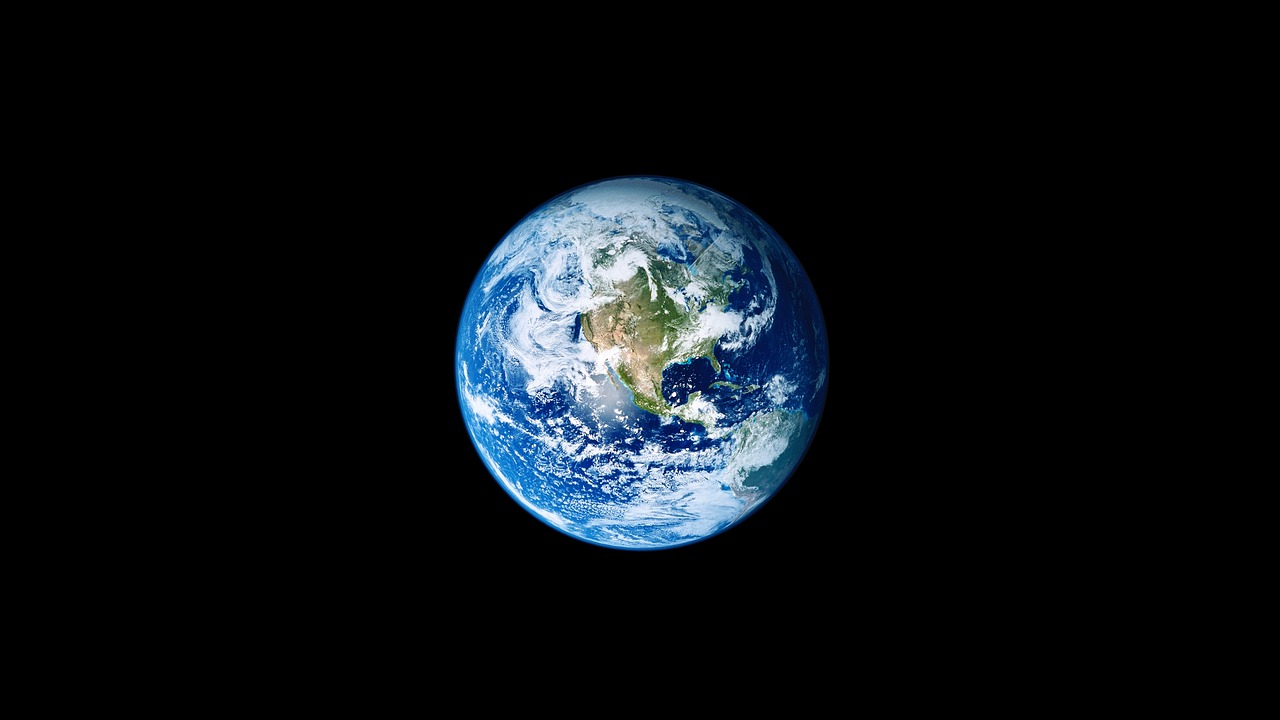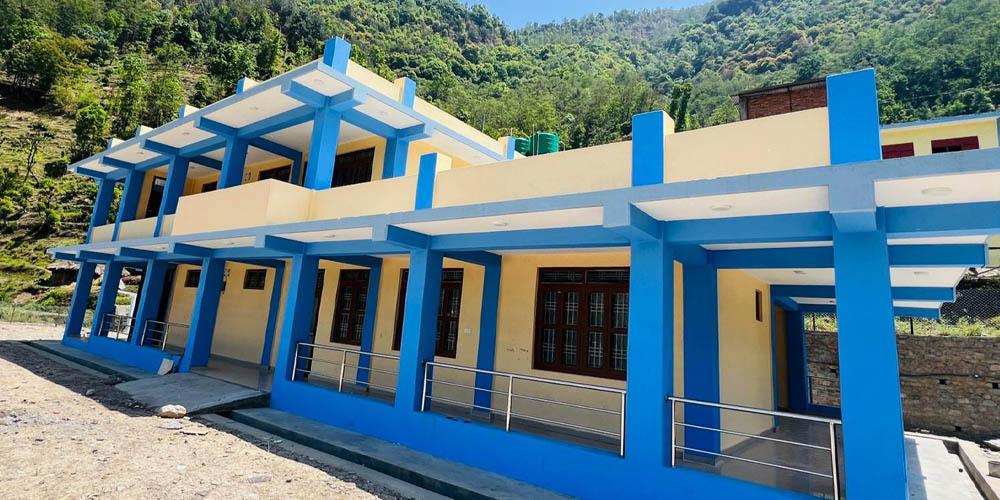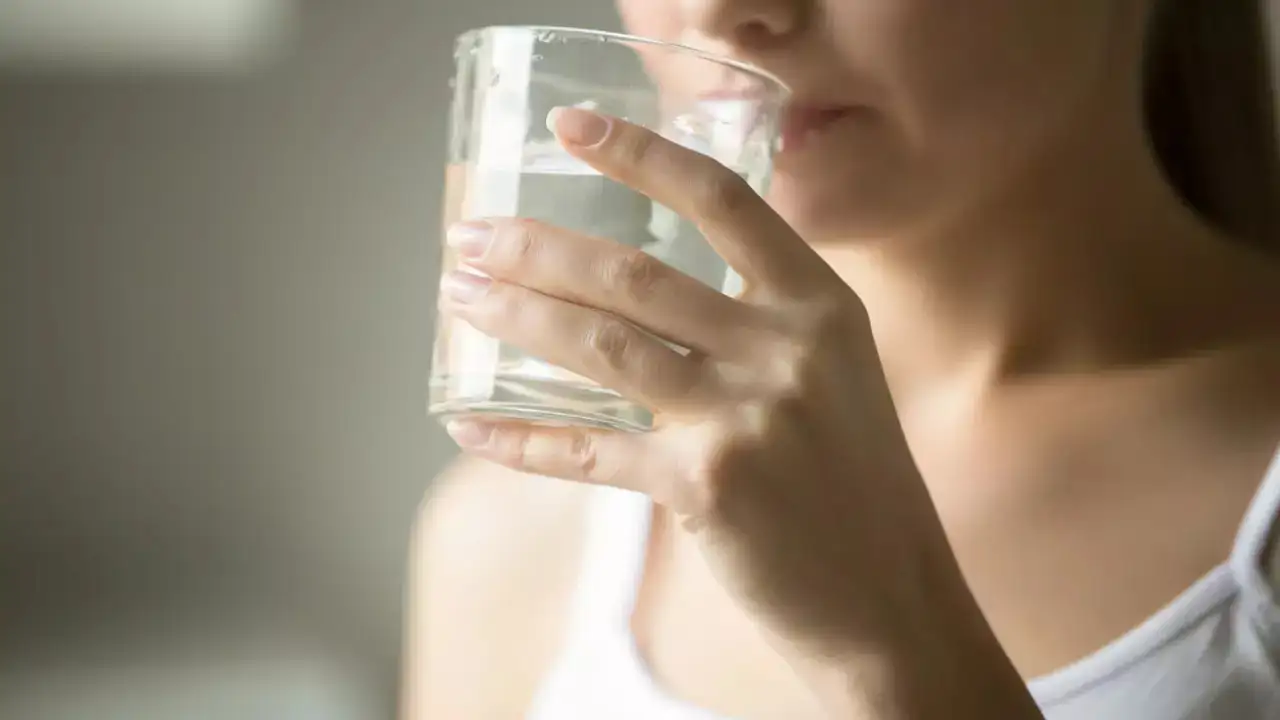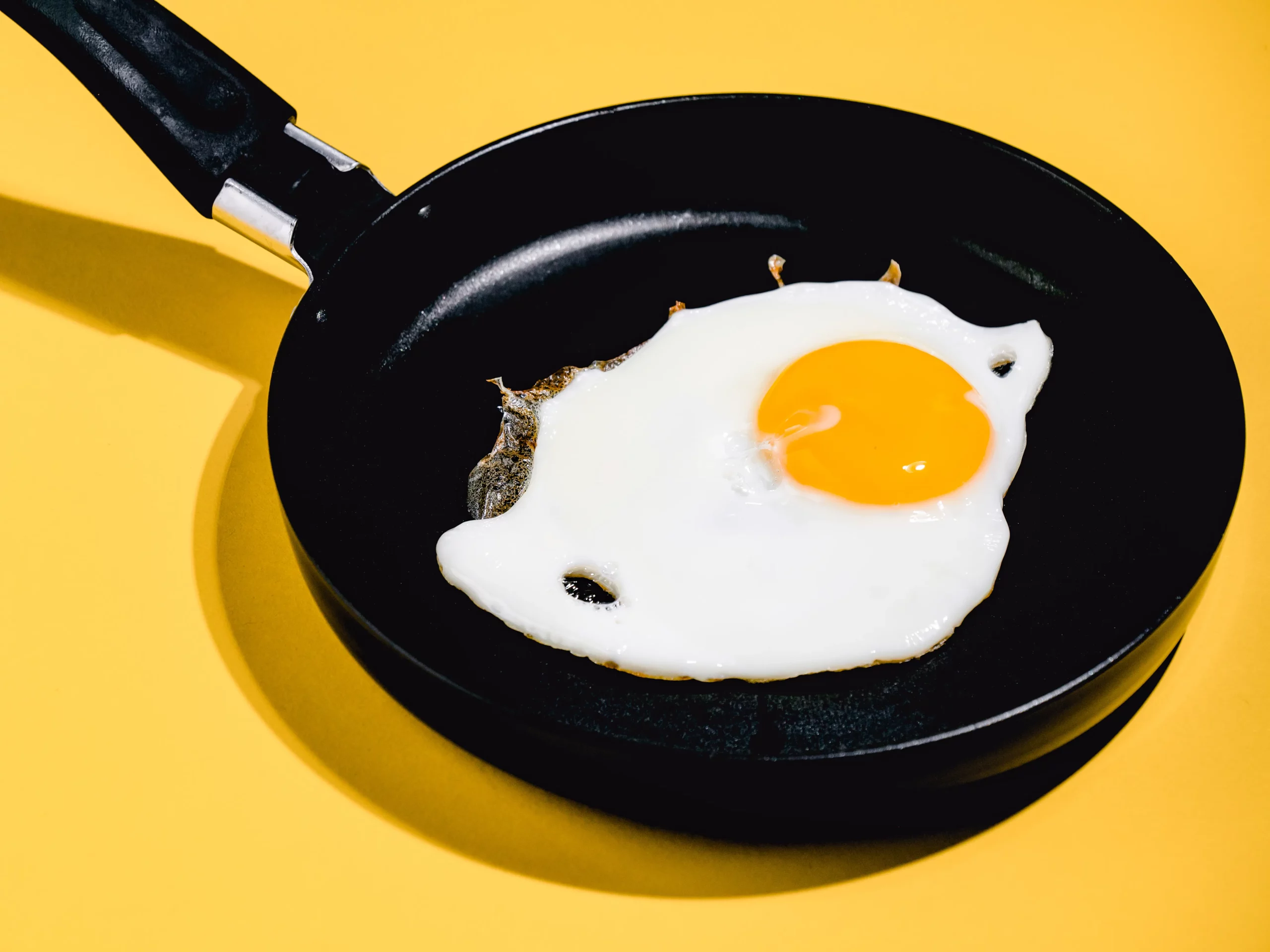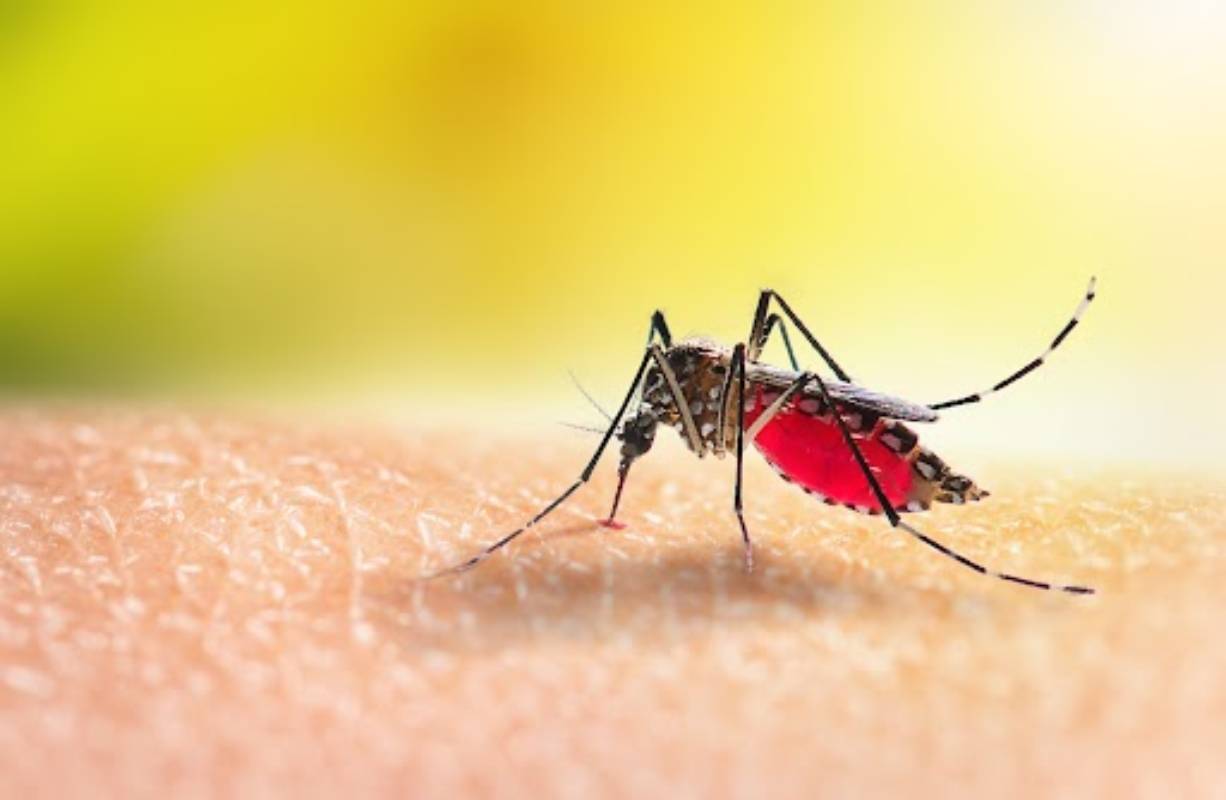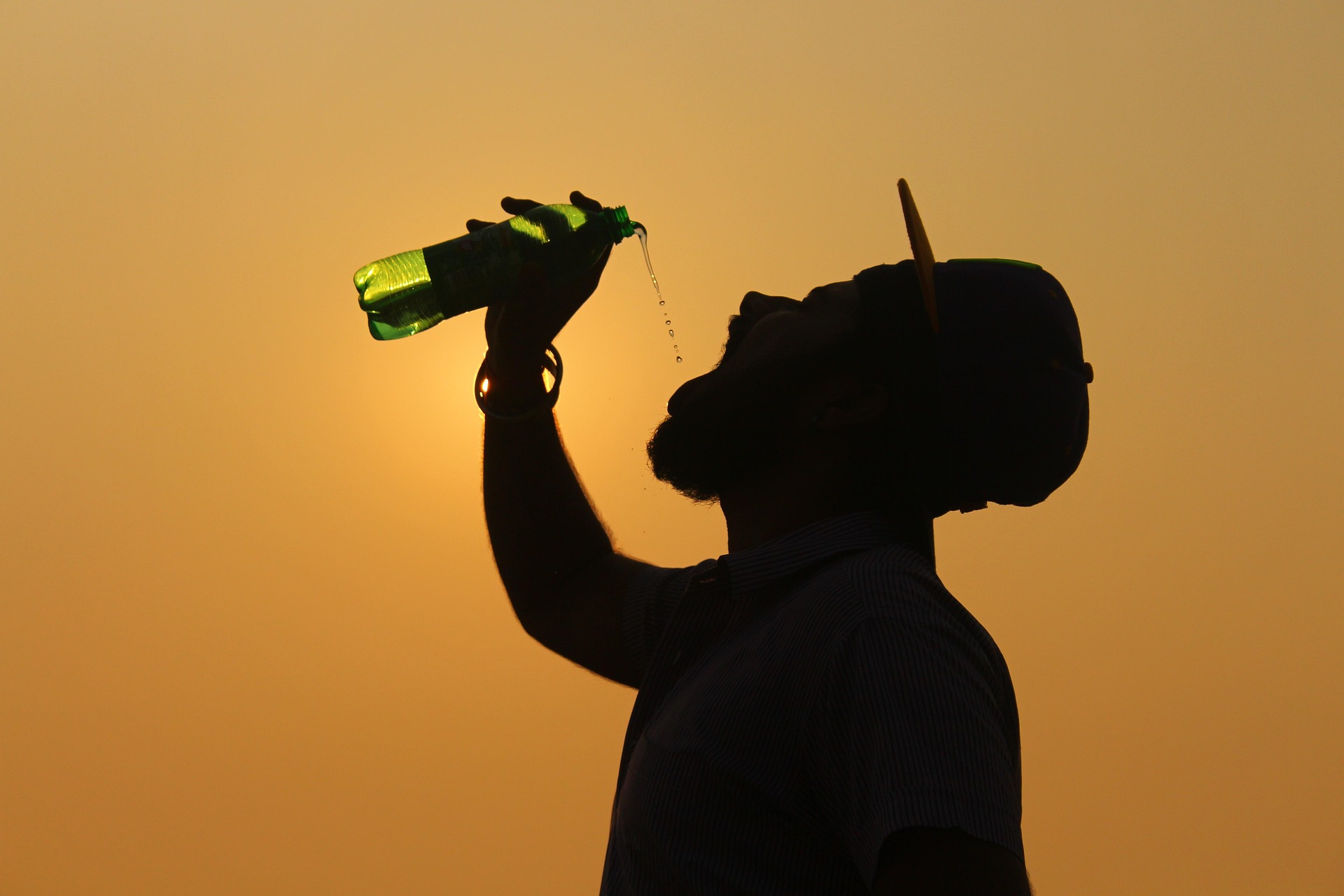Why do more people get kidney stones in the summer?
Kidney stone cases rise with the temperatures.
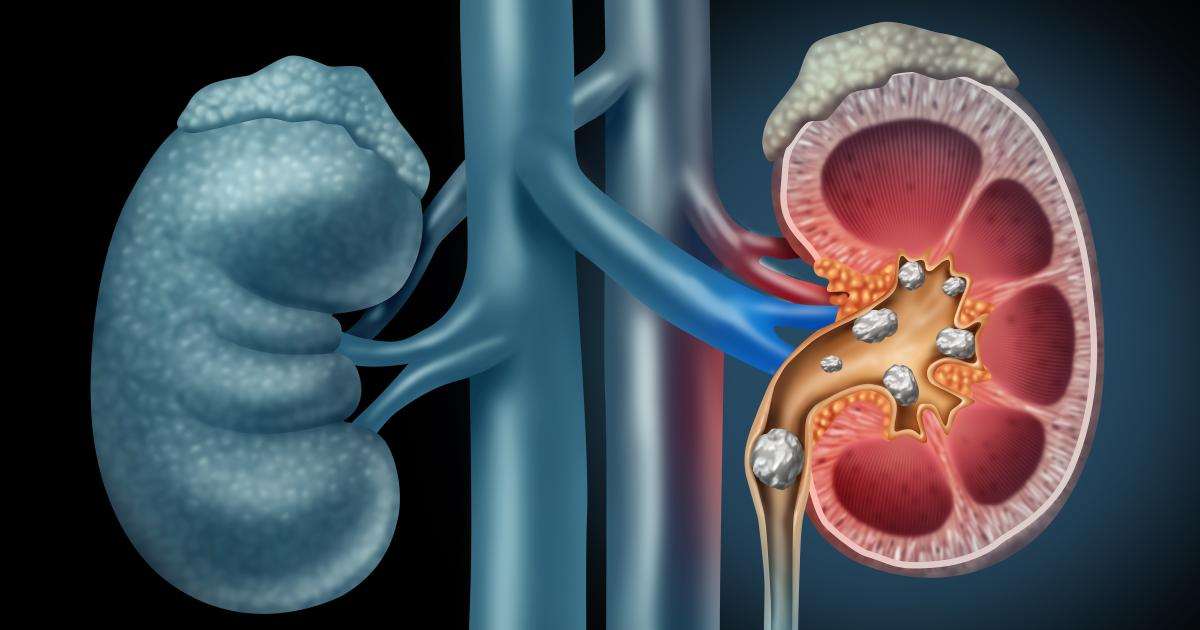
KATHMANDU: Summer may have just officially started, but kidney stone season began a couple of weeks ago. Doctors see an increase in kidney stone cases when the weather warms up.
Kidney stones are solid, often irregularly-shaped formations made of mineral and acid salts. They can travel into the ureter, which is the tube connecting the kidney and bladder, and cause excruciating lower back pain and groin discomfort.
Urologist Sri Sivalingam, MD, talks about why more people get kidney stones in the summer, treatment options and how to decrease your risk of getting them.
Seasonal shifts
When people come to the emergency room with pain, which is usually a sign that the stone is moving, it happens more often in the summer than in the winter months.
But why is that? Well, about 80% of kidney stones are predominantly calcium-based. Studies show your body appears to produce more calcium in your urine in the winter. Having too much calcium in your urine (called hypercalciuria), ups your chances of kidney stones.
“What we know is that this excess calcium in your urine can eventually develop into kidney stones,” explains Dr. Sivalingam. “Being physically active can protect you from stone development. So, if like many of us, you’re less active in the winter, that also adds to your risk for kidney stones. Then, when warm weather hits, increased temperatures and dehydration lead to further growth of the stones that formed over the winter months and can suddenly move.”
It hits you right when you least expect it. Just as you were planning to go to the park or toss around the football in the yard? Ouch! That’s when you find out that the stone is actually there.
Seeking relief
More than 3 million people – or nearly one person in eight – will see a primary care physician or urologist annually for kidney stones, according to the National Institute of Diabetes and Digestive and Kidney Diseases.
“Kidney stones cause pain when the ureter, which is only 2 to 3 mm wide, is blocked and contracts in an attempt to squeeze the stone through into the bladder,” says Dr. Sivalingam. “As the ureter kidney builds up pressure and stretch, this creates a severe stabbing discomfort in the lower back and/or groin and is often associated with nausea and vomiting.”
Kidney stones vary in size — from as small as a grain of salt to as big as a golf ball — and affect both men and women almost equally. The smaller the stone, the more likely it can pass through the urinary tract without medical treatment. If you have kidney stones on the move, you may also experience bloody urine, fever and chills, nausea and vomiting as well as a constant urge to urinate.
Depending on the size of your kidney stone, your doctor can provide recommendations as to whether you should try and let it pass naturally or offer medications that may help with passage and pain control.
Surgery may be needed and fortunately, there are several minimally invasive options depending on the size and location of the stone.
A healthy diet and staying hydrated helps
Once you’ve had a stone, you have a 50% chance of developing another one within the next five years. This risk generally increases the older you get. While there isn’t a way to completely prevent kidney stones, there are several things you can do to decrease your risk.
If you want to decrease your risk of getting kidney stones, eating more fruits and vegetables can help, which makes your urine less acidic and decreases the risk of stones being able to form. Salt should be avoided, too, as this reduces the calcium in the urine. If you have a diet that’s high in sodium, work to reduce those foods and substitute them for an alternative. Salty food can include canned items, packaged meals and snacks such as potato chips.
Talk to your doctor or dietitian about diet changes if you’re at risk for getting kidney stones.
Dr. Sivalingam recommends that someone who is at risk for kidney stones should drink enough fluids to produce at least 2.5 liters of urine per day, especially during the summer.
“Drinking plenty of water will help to dilute your urine and reduce the formation of crystals such as calcium oxalate, the substance that forms most types of kidney stones,” says Dr. Sivalingam. “Making sure you are drinking enough fluids is one way you can help to prevent the development of renal stones.”
-Health Essentials



